Fractals
A fractal is a rough or fragmented geometric shape that can be
subdivided in parts, each of which is (at least approximately) a
reduced-size copy of the whole. This property is call self-similarity.
Basically, if you zoom in on one part, its going to look like the bigger
picture.
The leaf of a fern is a good example.
Fractals also describe many other real-world objects, such as clouds,
mountains, turbulence, and coastlines, that do not correspond to simple
geometric shapes.
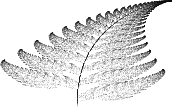
Here is a fractal called the Koch snowflake.
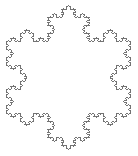
To make it, you start with an equilateral triangle.
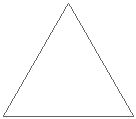
Replace each of the lines:

with something that looks like this:

Next, replace each of the lines:

with something that looks like this:

And so on.
Here is what happens to each line:
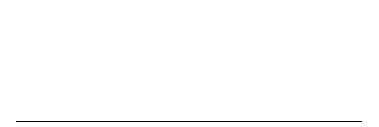
Here are what the the first few stages of the Koch Snowflake look like:

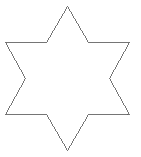
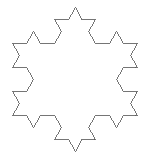
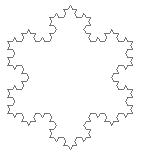

Voila. You have a fractal. Lots of other fractals can be built up in this manner,
like the Sierpinski Triangle:
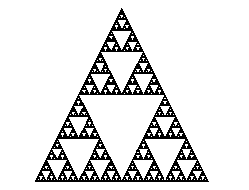
And here's an interesting, somewhat mathematical side note. Imagine you drew a circle
the initial triangle used in the Koch snowflake. At no point will the Koch snowflake
extend beyond the boundaries of the circle. Thus the snowflake has a finite area (since
its area is less than that of the circle, which is finite). However, at every stage in
building the snowflake, the perimeter is multiplied by 4/3 - it is
always increasing. So the ideal snowflake
(ideal meaning you go through an infinite number of stages constructing the figure)
has an infinite perimeter (initial perimeter * 4/3 * 4/3 * 4/3 * ...)
yet a finite area. Its not a paradox; its simply a fractal.
Return to Mathematrix
|  |
|  |
|  |
|  |
|  |
|  |
|  |
|
Here is what happens to each line:

Here are what the the first few stages of the Koch Snowflake look like:
 |
 |
 |
 |
 |
|  |